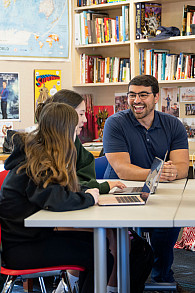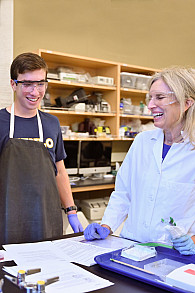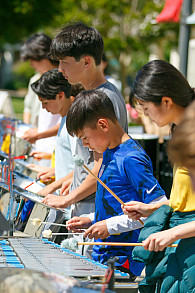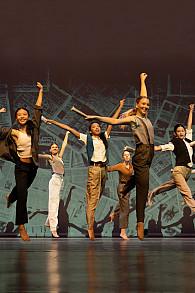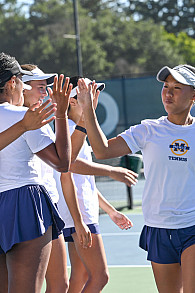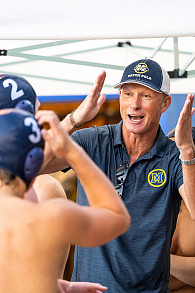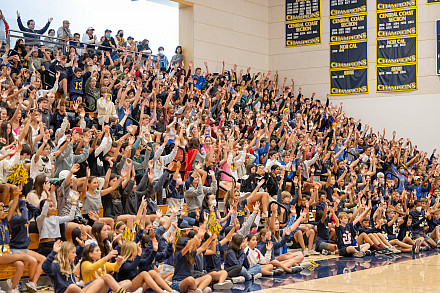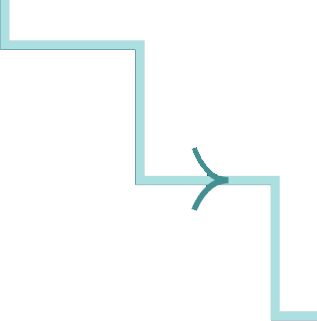Biography
In this course, students examine numerous phenomena using the scientific inquiry process: ask questions, plan and carry out investigations, analyze data to construct arguments based on evidence, research and communicate findings, and ask new questions. In making their own discoveries, students strengthen their listening and public speaking skills by sharing observations and debating conclusions with each other. They also develop their data presentation and writing expertise, weaving in skills they use in their math, social science, and English classes. Additionally, this course actively incorporates both the Middle School Habits of the Heart and Mind and Habits of Learning.
The middle school science curriculum progressively weaves together physical, biological, Earth, and chemical sciences as students continue to build their skills. Units are classified by questions. Sixth grade scientists begin the year honing their scientific observation and inference skills with an array of discrepant events as they explore, “What does it mean to be a scientist? What are scientist stereotypes? Am I a scientist?” As they go through the inquiry process, they apply these skills to examining energy transfers and transformation in toys. Next, they explore heat: “What is heat? How does it behave?” Students take their understanding of heat transfer to engineer, budget, and build a structure to keep an ice cube, “the penguin,” from melting during climate change. After focusing on cause and effect, students zoom out and explore the carbon cycle with computer simulations, role-plays, and diagramming to uncover our human impact on the system during the Sustainability Unit. They then spend two weeks in Whitaker Lab building trellises for the school garden out of repurposed materials, using drills, saws, collaboration, and design to build a structure that brings awareness about climate change mitigation to their school community. Finally, students shift their focus to human body systems. They ask “How do systems collaborate to allow me to do the activities that bring me joy?” During this unit, students examine cells under the microscope, model the complex inputs and outputs of cell organelles using analogies, develop and run their own exercise physiology experiment, and dissect sheep hearts and lungs. By the end of the year, students have a notebook full of their discoveries, and are ready to take on more complex scientific challenges in seventh grade, and in the world around them.
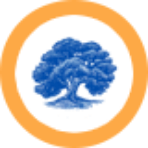 MENLO SCHOOL Since 1915
MENLO SCHOOL Since 1915